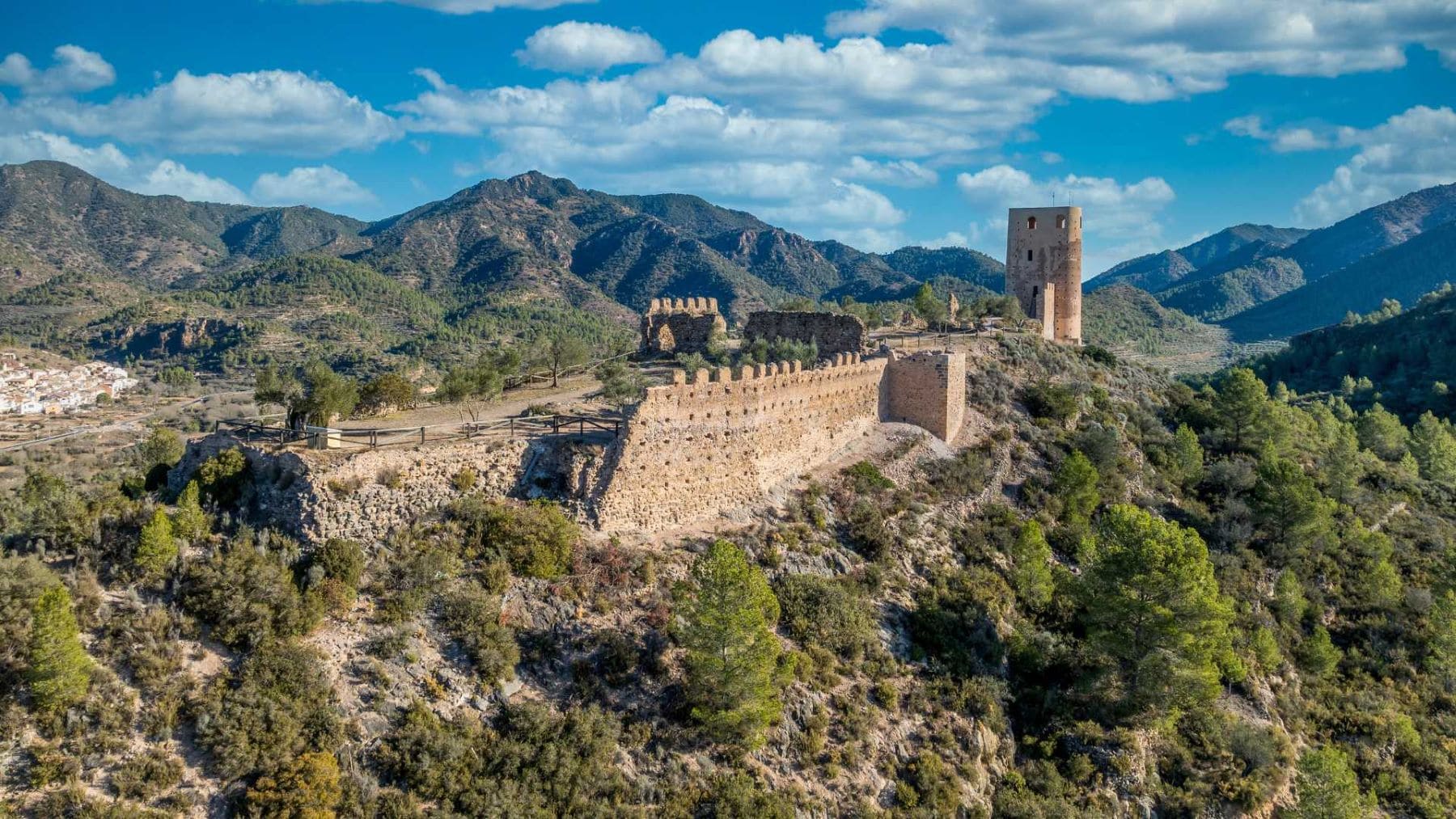He Rural Labscape Project is intended to develop a national residential laboratory (living) in Vall de Almonacid, Castelló, To respond to challenges such as aging and rural depth and the loss of cultural and natural heritage.
It is Project represents a new generation of living laboratories or “living laboratories” That extends cooperation between citizenship and science through a territorial planning approach on a landscape scale.
Rural Labscape has the support of the Biodiversity Foundation of the Ministry for Ecological Transition and the Demographic Challenge (Miteco) Within the framework of the Recovery, Transformation and Resilience (PRTR) plan, financed by the European Union – NextNernationu.
Labscape project in the countryside
Confronted with leaving land and the lack of generation Recovery are mosaic landscape out of the hands of the locals through a “living laboratory” in which actions with regard to ecological recovery are designed and implemented.
Within the project, Since May 28, 2024, the plantation of indigenous aromatic plants, such as splicing, lavandine and oregano, has been carried outThree types perfectly adapted to the Mediterranean climate of the region and the few water stocks. Are Resilient species for dry areas that are the most vulnerable to abandoned Moreover, they encourage that biodiversity, because they attract pollinators and offer a refuge for fauna in the winter.
This promotion, next to Increasing biodiversity and pollinators is a strategic dedication to economic diversificationBecause aromatic production offers new opportunities for residents and potential new settlers. The three species are used for the production of essential oils, extracts and dry plants for food, cosmetics and phytotherapy; And suppose an option for sustainable tourist projects.
Function of living hedges
Last December the technical team of the Herbes del Molí Foundation visited the agricultural country that was selected for recovery within the Rural Project Labscape. During the visit, the team of experts evaluated the state of the country and designed these living hedges, who fulfill various functions:
- encourage pollination, because they have a flower all year round
- They offer Refuge and food for birds and insects
- strengthen Agro -Ecological resilience against fires and vermin
- They wear To improve the productivity of adjacent crops.
Biodiversity and field recovery
The rural landscape has changed dramatically due to leaving agricultural land. Between 2012 and 2021, Spain lost nearly two million agricultural hectares. This phenomenon has generated a uniform pine cover that reduces the diversity of habitats and the ability of the landscape to withstand the disruptions of the climatic crisis.
In this context, the fields where living hedges are implemented coincides with the areas where WWF clarified controlled. Are Interventions try to eliminate opportunistic vegetation and prepare the land for ecological and agroforesta repairl.
Abandoned fields will be placed to produce
Loose Recovered fields become part of a pilot experience from Banco de Land, led by the city of Vall de Almonacid. This initiative no longer tries to identify used suddenly – public and private – and to make them available to new farmers and diversify the activity of existing. Moreover, specialized formations will be offered, focused on the Agroforestry field. To guarantee success, the participation of local actors will be encouraged by guardianship agreements of the territory.
In the coming months, the project will continue with living hedge plantations and Clareo will work in the selected areas. These actions will consolidate an example model of integration between environmental consolidation, Regeneration of landscape and rural development, which emphasize biodiversity and resilience as essential pillars to build a sustainable future.
Rural lab scape It has the support of the Biodiversity Foundation of the Ministry for Ecological Transition and the Demographic Challenge (Miteco) Within the framework of the Recovery, Transformation and Resilience (PRTR) plan, financed by the European Union – NextNernationu.

